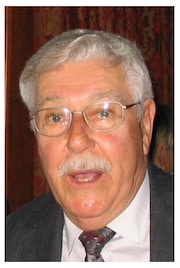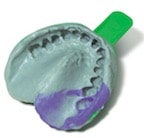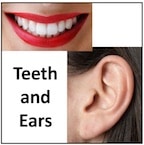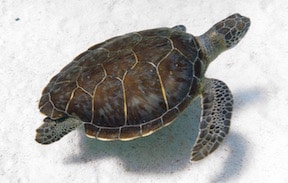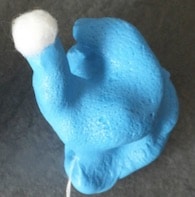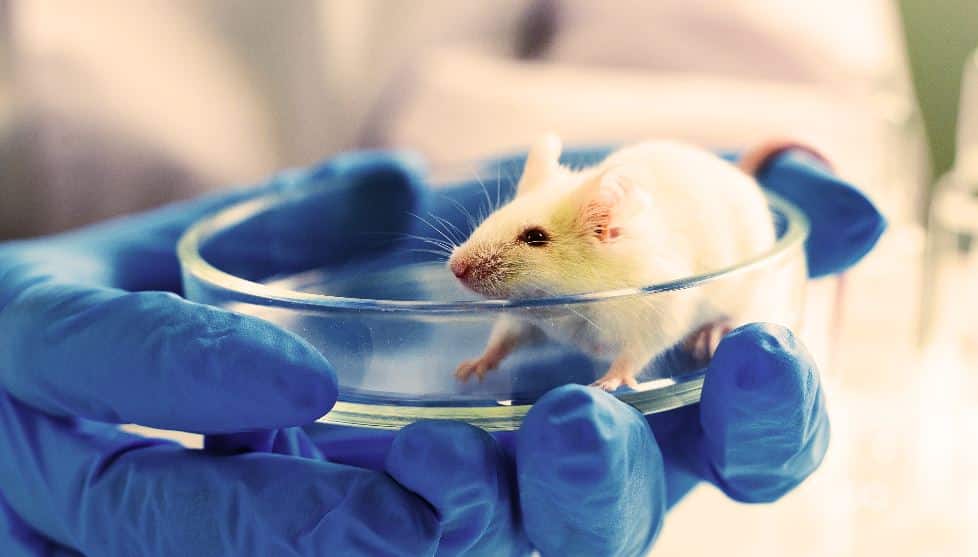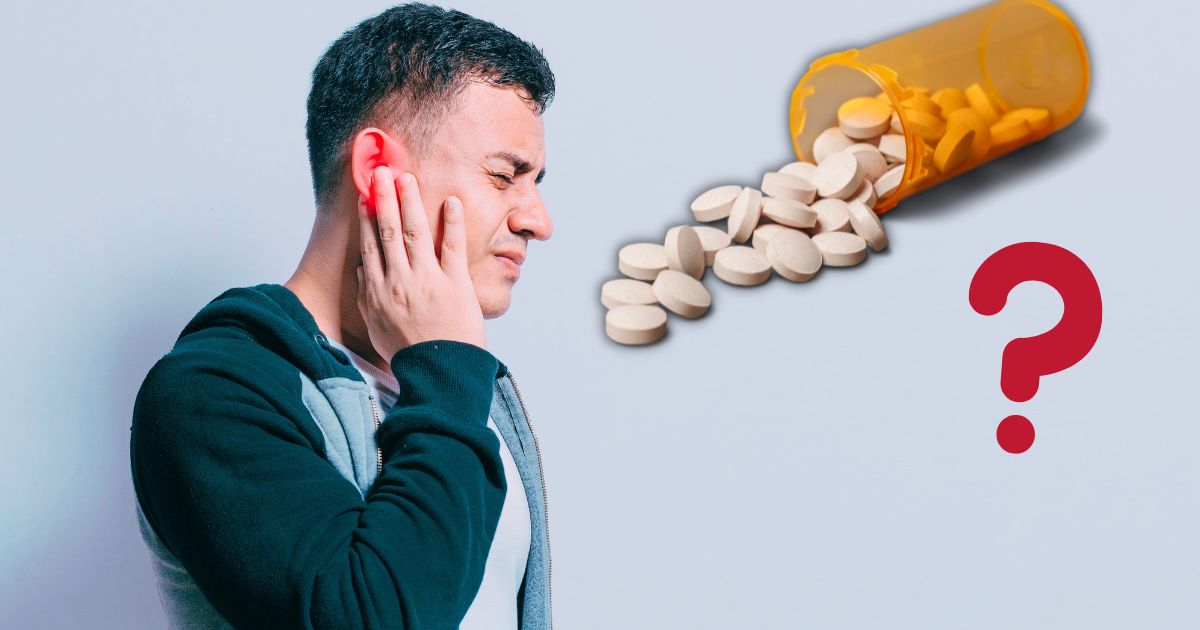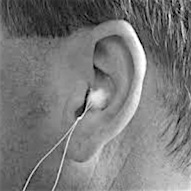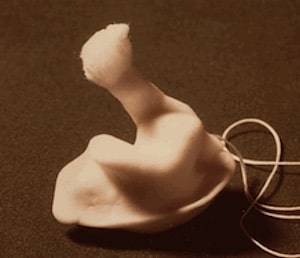Aug. 30, 2016
Those in the discipline of hearing, and many individuals, are saddened to hear that one of the pioneers in our field, William “Bill” Rintelmann, passed away on August 21, 2016 at his home in Carefree, AZ. His exemplary academic career in audiology started with his graduation from Arizona State College, followed by M.A. and Ph.D. degrees from Indiana University. Bill



